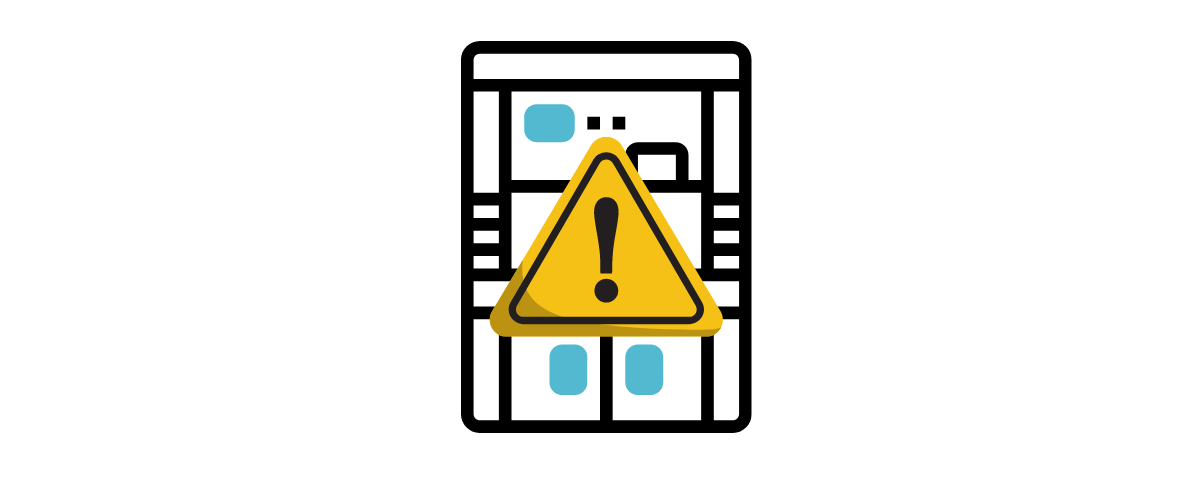
Anyone at home in a laboratory setting is likely familiar with fume hoods.
They typically look like a little rectangular compartment with five sides enclosed, with one open side at working height. With a quality fume hood, you can complete whatever task you need to do with whatever chemicals you’re using on the surface inside the compartment, and any toxic fumes will be sucked out through a ventilation system, which either deposits them outside the building where they can’t harm you, or filters them out and recirculates the cleaned air back into the room.
Toxic chemical fumes don’t make for a safe, OSHA-compliant work environment, and for this reason, fume hoods are a great tool in order to keep your space clean, tolerable, and nontoxic.
But there’s definitely right and wrong things to do when working with fume hoods. Practicing appropriate safety precautions is vital to creating a safe environment.
Here are some general practices for chemical fume hoods to keep in mind whenever you have the opportunity to work with one.
Be Cognizant of Your Surroundings
The fume hood should have signage on it that indicates things like whether or not the fume hood is fully operational, and a pressure gauge that indicates airflow within the hood. They typically run 24 hours a day, 7 days a week, 365 days a year, and as such the pressure gauge should indicate that it’s running.
However, if the hood is undergoing maintenance or is off for any other reason, conducting chemical work inside that hood is going to provide you no more protection than if you conducted that work in your breakroom.
Check your signage and pressure gauge each time you go to work with your fume hood. Furthermore, pay attention to what’s going on around you in order to mitigate the risk of disaster.
Minimize Spill and Fume Risks: Lower the Sash!
The sash, which is the opening panel of the fume hood on the front that can be raised or lowered depending on your needs, should be closed as far as it can be while still allowing you to complete your work. This reduces the chances of something spilling out or getting on you, and also helps keep the fumes contained.
Another thing to keep in mind is the clutter level in your workspace. There’s no need to keep a bunch of extra things in or around your fume hood. If it doesn’t need to be there, take it out.
Also, don’t leave anything in your fume hood when you’re done using it. Ideally, you want at least 50% of your workspace to be clear. Remember: the emptier, the better!
Wear Appropriate PPE
You know how dangerous some of the things you work with can be. So, keep that knowledge in mind while you’re working with them! That’s what you’re using the fume hood for, right?
But the fume hood can’t do everything for you, and that’s why you need to wear your prescribed PPE whenever working with substances that require a fume hood.
A face mask and/or shield, a gown, gloves: all these things will protect you from getting something dangerous on yourself. PPE is your friend.
Also, be sure to keep hazardous materials at least six inches away from the opening under the sash to avoid the potential for dangerous spills and fumes getting in your space.
Remember What You’re Working With
A fume hood is not the same as a biosafety cabinet. While biosafety cabinets protect things like tissue cultures from contamination, they do not serve the same ventilation function as a fume hood.
A biosafety cabinet will not protect you from chemical fumes the way a fume hood will, so know the difference and make sure you’re using the right piece of equipment for the job.
Pick the Correct Fume Hood for Your Work
An important fume hood safety tip is simply to make sure you’re using the correct style of hood for the job. There are different models available, which are graded to filter different types of fume.
Some hoods expel fumes to the outside, some filter and recirculate the air. Some are thorough enough to use while working with carcinogens, others are not. You need to know what you’re working with.
From there you can start to determine what exactly you need from your hood.
A qualified retailer can help you figure out a fume hood that’s perfect for you- that’s where OnePointe Solutions comes in. With an inside-and-out knowledge of each type of fume hood they have to offer, and by only offering rigorously third-party-tested products, we can aid you in the process of getting the perfect safety equipment for your lab or commercial space as well as installation for your fume hood also.
Browse our selections of laboratory fume hoods.
Need a fume hood?
Contact us by form or phone (866) 222 -7494 to speak to a lab specialist today! As well as check out our blog for more information on fume hoods and other laboratory topics.


